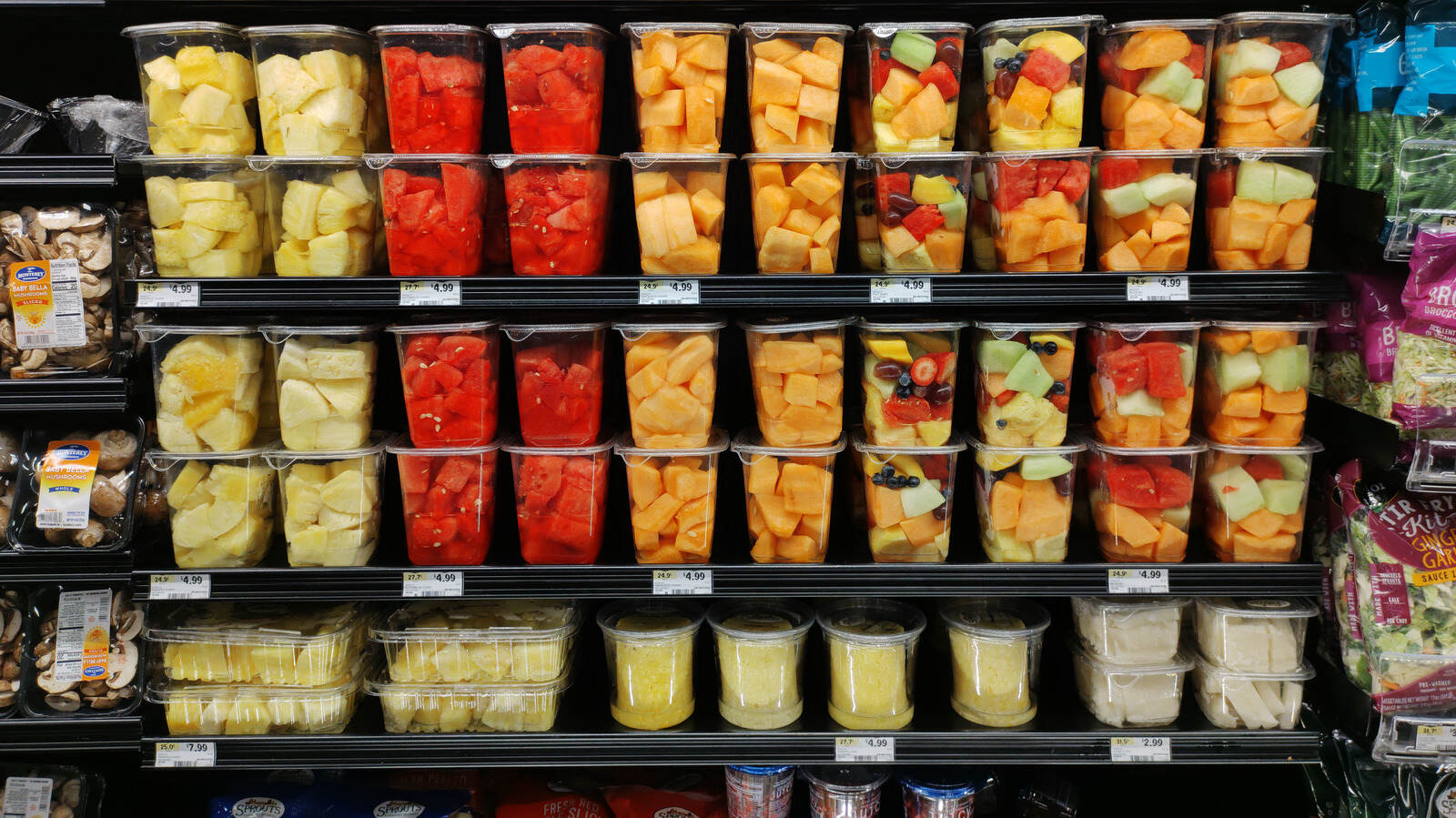

Articles
How To Store Cut Fruit
Modified: February 23, 2024
Learn the best practices for storing cut fruit to keep it fresh and prevent browning. Read our articles to ensure your fruit stays delicious and nutritious.
(Many of the links in this article redirect to a specific reviewed product. Your purchase of these products through affiliate links helps to generate commission for Storables.com, at no extra cost. Learn more)
Introduction
Have you ever cut up a juicy piece of fruit, only to find it turning brown and losing its freshness within a few hours? If so, you’re not alone. Properly storing cut fruit is essential to maintain its taste, texture, and nutritional value. Whether you’re meal prepping, preparing a snack for later, or simply wanting to enjoy freshly cut fruit for longer periods, understanding the best practices for storing cut fruit is crucial.
In this article, we will explore why it is important to store cut fruit properly, discuss the best practices for storage, highlight different storage container options, provide ideas for preserving freshness, offer tips for preventing browning, and outline safety precautions to follow. By following these guidelines, you can ensure that your cut fruit remains delicious, visually appealing, and safe to consume.
Key Takeaways:
- Properly storing cut fruit is crucial to maintain freshness, prevent waste, and ensure food safety. Utilize airtight containers, refrigeration, and fruit-preserving techniques to extend the shelf life of cut fruit.
- Implementing safety precautions, such as washing hands and monitoring storage temperature, is essential for ensuring the safety of stored cut fruit. Choose suitable storage containers and follow best practices to preserve the visual appeal and flavor of cut fruit.
Read more: How To Store Cut Dragon Fruit
Why is it important to store cut fruit properly?
Properly storing cut fruit is crucial for several reasons. Firstly, it helps to maintain the fruit’s freshness and flavor. When fruit is exposed to air, it undergoes a process called oxidation, which leads to the breakdown of enzymes and nutrients, resulting in a decrease in quality. By storing cut fruit properly, you can slow down the oxidation process and prolong the freshness and taste of the fruit.
In addition to preserving taste, storing cut fruit properly can also help prevent food waste. When fruits are not stored correctly, they tend to spoil quickly, leading to unnecessary waste. By implementing the right storage techniques, you can extend the shelf life of cut fruit, reducing the amount of food that goes to waste.
Another important reason to store cut fruit properly is to prevent the growth of bacteria and pathogens. Fruits provide an ideal environment for bacterial growth, especially when they are cut and exposed to moisture. By storing cut fruit at the correct temperature and in proper containers, you can minimize the risk of bacterial growth and the potential for foodborne illnesses.
Furthermore, properly stored cut fruit is more visually appealing. Browning and discoloration can occur when fruit is exposed to air and oxidizes. This not only affects the appearance of the fruit but also indicates a loss of freshness. By following proper storage practices, you can maintain the vibrant colors of cut fruit, making them more visually appealing and appetizing.
Lastly, storing cut fruit properly allows for convenience and saves time. When you store cut fruit in appropriate containers, it becomes easily accessible for quick snacks or meal preparation. It eliminates the need to cut fruit each time you want to consume it, making it a convenient option for busy individuals or families.
Overall, storing cut fruit properly is essential to maintain freshness, prevent waste, ensure food safety, enhance visual appeal, and provide convenience. By taking the time to store your cut fruit correctly, you can enjoy delicious, nutritious, and visually appealing fruit for an extended period.
Best practices for storing cut fruit
When it comes to storing cut fruit, there are several best practices to follow. By implementing these practices, you can optimize the freshness and longevity of your fruit. Here are some guidelines to consider:
- Keep it cool: Cut fruit should be stored in a cool environment, ideally in the refrigerator. The low temperature helps to slow down the oxidation process and keeps the fruit fresh for a longer time. Make sure to set the refrigerator temperature between 35 to 40 degrees Fahrenheit (2 to 4 degrees Celsius).
- Use airtight containers: It is essential to store cut fruit in airtight containers to prevent exposure to air and moisture. This helps to minimize oxidation and maintain the fruit’s texture and flavor. Opt for containers with tight-fitting lids, such as glass or BPA-free plastic containers.
- Separate fruits: Different fruits release different levels of ethylene gas, a natural hormone that speeds up the ripening process. To prevent overripening and premature spoiling, store fruits separately. For example, ethylene-producing fruits like apples and bananas should be stored separately from ethylene-sensitive fruits like berries and melons.
- Label and date: To keep track of the freshness of your cut fruit, it is helpful to label the containers with the type of fruit and the date it was cut. This allows you to easily identify and consume the oldest fruit first, minimizing waste.
- Frequent monitoring: Check your stored cut fruit regularly to ensure it remains fresh and free from spoilage. Remove any spoiled pieces immediately to prevent cross-contamination and maintain the quality of the remaining fruit.
- Consume within a few days: While cut fruit can stay fresh for a few days, it is best to consume it within two to three days to ensure optimal taste and quality. Freshness declines over time, and the risk of bacterial growth increases.
- Consider freezing: If you have an abundance of cut fruit, or you won’t be able to consume it within a few days, consider freezing it. Freezing helps to preserve the fruit’s freshness and nutrients. Ensure you place the fruit in a freezer-safe container or bag, removing as much air as possible to prevent freezer burn.
Following these best practices will help you maintain the freshness and quality of your cut fruit for an extended period, allowing you to enjoy healthy and delicious snacks or meal additions.
Storage containers for cut fruit
Choosing the right storage containers for cut fruit is essential to ensure its freshness and prevent spoilage. Here are some options to consider:
- Glass containers: Glass containers are an excellent choice for storing cut fruit. They are non-reactive, meaning they won’t leach any chemicals or odors into the fruit. Glass containers also provide an airtight seal, keeping the fruit fresh and preventing any cross-contamination. Additionally, glass is easy to clean and reusable, making it an eco-friendly option.
- BPA-free plastic containers: If you prefer a lightweight and more portable option, BPA-free plastic containers are a suitable choice. Look for containers labeled as BPA-free to avoid any potential health risks. Plastic containers often come with tight-fitting lids, which help to maintain the freshness of the cut fruit. Ensure the containers are in good condition without any cracks or damages that may affect their airtightness.
- Reusable silicone bags: Reusable silicone bags are becoming popular for storing cut fruit. These bags are freezer-safe, airtight, and easy to clean. They provide a flexible storage option, allowing you to fit them into small spaces. Silicone bags are eco-friendly alternatives to single-use plastic bags, reducing waste.
- Bee’s wrap or food wraps: For cut fruit that needs to be stored for a short period, bee’s wrap or food wraps can be used. These wraps are made from cloth coated with beeswax, allowing them to stick together and form an airtight seal. They are a sustainable and washable option, providing natural preservation for the fruit.
- Paper towels or napkins: If you don’t have any specific containers available, you can wrap the cut fruit in paper towels or napkins. This method helps to absorb excess moisture and prevents the fruit from getting soggy. Place the wrapped fruit in a zip-top bag and ensure it is sealed tightly.
- Citrus juicer containers: If you specifically want to store citrus fruits like lemons or oranges, consider using a citrus juicer container. These containers have a built-in juicer that helps to extract the juice and store it separately from the fruit. This prevents the fruit from becoming too wet and extends its freshness.
When selecting storage containers, prioritize those that are airtight and can prevent exposure to air and moisture. This will help maintain the freshness and quality of the cut fruit, allowing you to enjoy it for a longer time.
Store cut fruit in airtight containers in the refrigerator to maintain freshness and prevent browning. Add a squeeze of lemon or lime juice to help preserve the fruit.
Ideas for preserving cut fruit freshness
Keeping cut fruit fresh is essential to ensure its taste and quality. Here are some ideas to help you preserve the freshness of your cut fruit:
- Store in the refrigerator: Refrigeration is one of the most effective ways to preserve the freshness of cut fruit. Place your cut fruit in airtight containers and store them in the refrigerator at a temperature between 35 to 40 degrees Fahrenheit (2 to 4 degrees Celsius). The cool temperature helps to slow down the oxidation process, keeping the fruit fresh for longer.
- Use citrus juice: Citrus juices, such as lemon or lime juice, can help prevent browning and maintain the color of cut fruits like apples, pears, or bananas. The citric acid present in these juices acts as an antioxidant, reducing enzymatic browning. Simply toss the cut fruit in a small amount of citrus juice before storing it.
- Cover with plastic wrap: For fruits like melons or pineapple, covering the cut surfaces with plastic wrap can help preserve their moisture and prevent drying out. Ensure the plastic wrap is tightly sealed around the exposed areas of the fruit.
- Separate wet and dry fruit: When storing different types of cut fruits together, it is essential to separate those with high moisture content from those that are drier. Moisture can cause the drier fruits to become soggy. Store them in separate containers or use dividers within the same container.
- Freeze for longer storage: If you have more cut fruit than you can consume within a few days, freezing is a great option to extend its shelf life. Place the cut fruit in airtight freezer-safe containers, removing as much air as possible. Frozen fruit can retain its freshness for several months, but the texture may become softer upon thawing.
- Consider fruit-preserving powders: There are fruit-preserving powders available in the market that can help extend the freshness of cut fruit. These powders, usually made from natural ingredients like ascorbic acid or citric acid, can be sprinkled on the cut surfaces of the fruit to slow down the browning process. Follow the instructions on the packaging for best results.
- Wrap with damp paper towel: To prevent cut fruits from drying out, you can wrap them loosely in a slightly dampened paper towel before storing them in an airtight container. The damp paper towel helps to maintain moisture around the fruit, keeping it fresh and crisp.
- Store cut avocados with onion: When it comes to storing cut avocados, placing a slice of onion in the same container can help delay browning. The sulfur compounds released by the onion act as a natural antioxidant, helping to slow down enzymatic browning.
By utilizing these ideas, you can extend the freshness of your cut fruit, allowing you to enjoy it for longer periods while maintaining its taste and quality.
Read more: How To Store Fruit
Tips for preventing browning of cut fruit
Browning of cut fruit is a natural process called enzymatic browning, which occurs when the fruit’s enzymes react with oxygen in the air. While browning doesn’t necessarily mean the fruit is spoiled, it can affect its appearance and flavor. Here are some tips to help prevent browning:
- Use lemon or citrus juice: Lemon or citrus juice is a powerful tool for preventing browning. The high levels of citric acid in these juices help to inhibit the enzyme responsible for browning. Squeeze some lemon or citrus juice over the cut surfaces of fruits like apples, pears, peaches, or bananas.
- Submerge in water: Another method to prevent browning is to submerge the cut fruit in water. This reduces its exposure to air and slows down the enzymatic reaction. However, it is important to note that this method can affect the texture and taste of the fruit, so it’s best suited for fruits that won’t be consumed immediately, such as apples or pears for salads or fruit platters.
- Use honey: Honey can act as a natural barrier against browning. Create a mixture of water and a small amount of honey and soak the cut fruit for a few minutes before storing. The honey’s natural enzymes help prevent browning and add a touch of sweetness to the fruit.
- Try vinegar: A diluted solution of vinegar can also help prevent browning. Mix one tablespoon of vinegar with one cup of water and soak the cut fruit for a few minutes before storing. The acidity in the vinegar helps to slow down enzymatic browning.
- Use a specialized fruit preserver: There are commercial fruit preserver products available that specifically prevent browning. These preservers typically contain antioxidant ingredients that inhibit the enzymatic reaction. Follow the instructions on the packaging to ensure the desired effect.
- Wrap tightly in plastic wrap: Wrapping cut fruit tightly in plastic wrap can help limit its exposure to air, reducing browning. Ensure the plastic wrap is pressed directly against the cut surfaces of the fruit, creating a seal.
- Store in an airtight container: Keeping cut fruit in an airtight container minimizes its exposure to oxygen, which can slow down the browning process. Choose a container that fits the amount of fruit you have, reducing the empty space where air can circulate.
- Handle fruit gently: Cut fruit is more delicate and prone to browning. When handling, use clean utensils and avoid excessive touching or squeezing, as this can accelerate the enzymatic reaction. Gentle handling helps to maintain the fruit’s integrity and appearance.
By implementing these tips, you can effectively prevent browning and preserve the visual appeal of your cut fruit, ensuring it remains fresh and appetizing.
Safety precautions for storing cut fruit
While storing cut fruit is a great way to prolong its freshness, it is important to follow certain safety precautions to ensure that the stored fruit remains safe to consume. Here are some key safety guidelines to keep in mind:
- Wash your hands: Before handling and preparing cut fruit, make sure to thoroughly wash your hands with soap and warm water. This helps to prevent the transfer of bacteria or other contaminants from your hands to the fruit.
- Use clean utensils and cutting boards: Use clean utensils and cutting boards when preparing and cutting fruit. Avoid using the same cutting board or knife that was used to process raw meat, poultry, or seafood to prevent cross-contamination.
- Choose fresh, high-quality fruit: Ensure that the fruit you are cutting and storing is fresh and of high quality. Discard any bruised or spoiled sections before cutting. Fresh fruit has a better chance of staying fresh when stored properly.
- Keep storage containers clean: Regularly clean and sanitize the storage containers you use for storing cut fruit. Wash them with hot soapy water, rinse thoroughly, and allow them to air dry before using them again. Clean containers help prevent the growth and transfer of bacteria to the fruit.
- Avoid cross-contamination: Separate cut fruit from other foods, especially raw meat and seafood, to prevent cross-contamination. Bacteria from these raw foods can contaminate the fruit and cause foodborne illnesses. Use separate storage containers, shelves, or refrigerator compartments to keep cut fruit separate from other food items.
- Monitor temperature: Ensure that the storage temperature of your refrigerator is set correctly. The recommended temperature range for storing cut fruit is between 35 to 40 degrees Fahrenheit (2 to 4 degrees Celsius). This temperature range helps slow down bacterial growth and maintain the freshness of the fruit.
- Check for signs of spoilage: Regularly inspect the stored cut fruit for any signs of spoilage. Discard any fruit that appears mushy, moldy, or smells off. Consuming spoiled fruit can lead to food poisoning or other foodborne illnesses.
- Consume within a reasonable timeframe: While properly stored cut fruit can remain fresh for a few days, it is best to consume it within two to three days to ensure optimal taste and safety. As time passes, the risk of bacterial growth increases, which can lead to foodborne illnesses.
By following these safety precautions and practicing good hygiene and food handling practices, you can ensure that the cut fruit you store remains safe and enjoyable to eat.
Conclusion
Properly storing cut fruit is essential to maintain its freshness, taste, and nutritional value. By following best practices such as keeping it cool, using airtight containers, and separating fruits, you can extend the shelf life of cut fruit and prevent unnecessary waste. Additionally, implementing ideas for preserving freshness and preventing browning, such as using lemon juice or honey, can help maintain the visual appeal and flavor of the fruit. Safety precautions, including washing hands, using clean utensils, and monitoring storage temperature, ensure that the stored cut fruit remains safe to consume.
When it comes to storage containers, options like glass and BPA-free plastic containers provide airtight seals, while reusable silicone bags offer convenience and eco-friendliness. Utilizing tips such as wrapping cut fruit with plastic wrap, submerging in water, or using fruit-preserving powders can further enhance the freshness of the fruit. By being mindful of these practices and safety measures, you can enjoy delicious and nutritious cut fruit for longer periods, whether as a snack, part of a meal, or a refreshing addition to your cooking or baking.
It’s worth noting that while stored cut fruit can stay fresh for a few days, it is best to consume it within a reasonable timeframe to ensure quality and safety. Regularly checking for signs of spoilage and immediately discarding any fruit that appears spoiled is crucial. Remember to practice proper hygiene, keep utensils and storage containers clean, and store cut fruit separately from raw meats and seafood to prevent cross-contamination.
In conclusion, taking the time to store cut fruit properly and implement effective preservation techniques can make a significant difference in maintaining its freshness, taste, and safety. By following the guidelines outlined in this article, you can ensure that your cut fruit stays vibrant and delicious, providing you with a delightful and healthy eating experience.
Frequently Asked Questions about How To Store Cut Fruit
Was this page helpful?
At Storables.com, we guarantee accurate and reliable information. Our content, validated by Expert Board Contributors, is crafted following stringent Editorial Policies. We're committed to providing you with well-researched, expert-backed insights for all your informational needs.
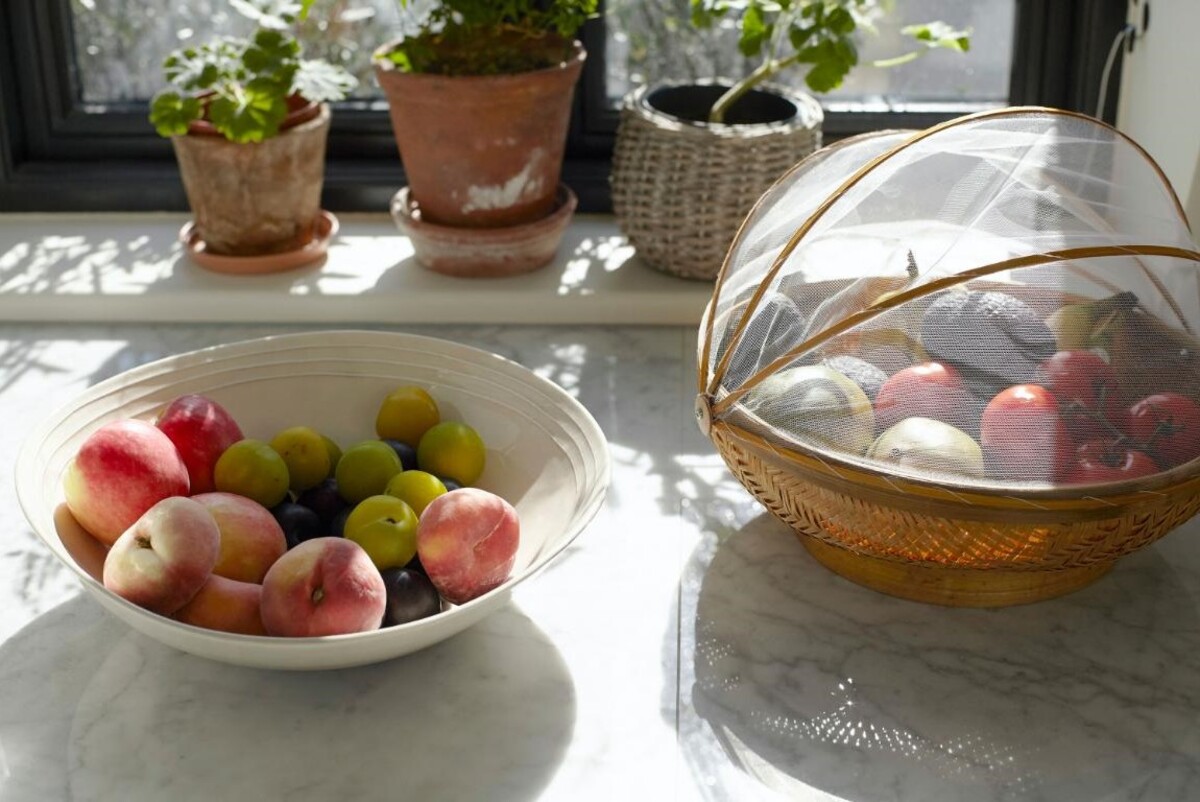
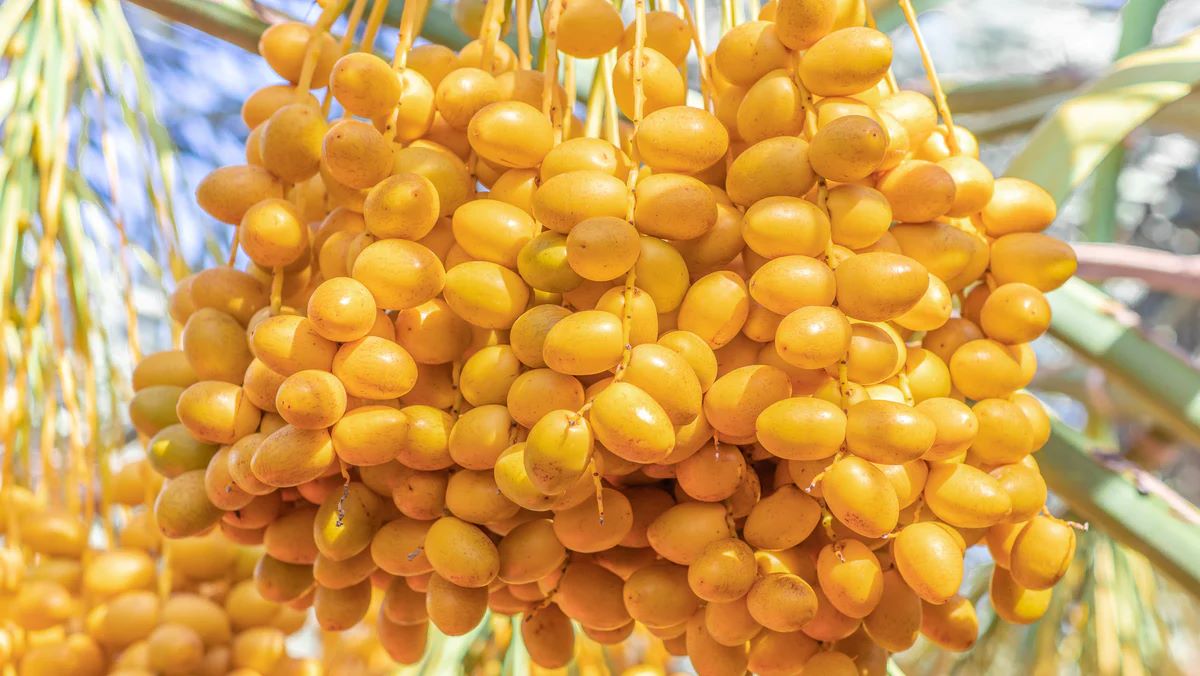

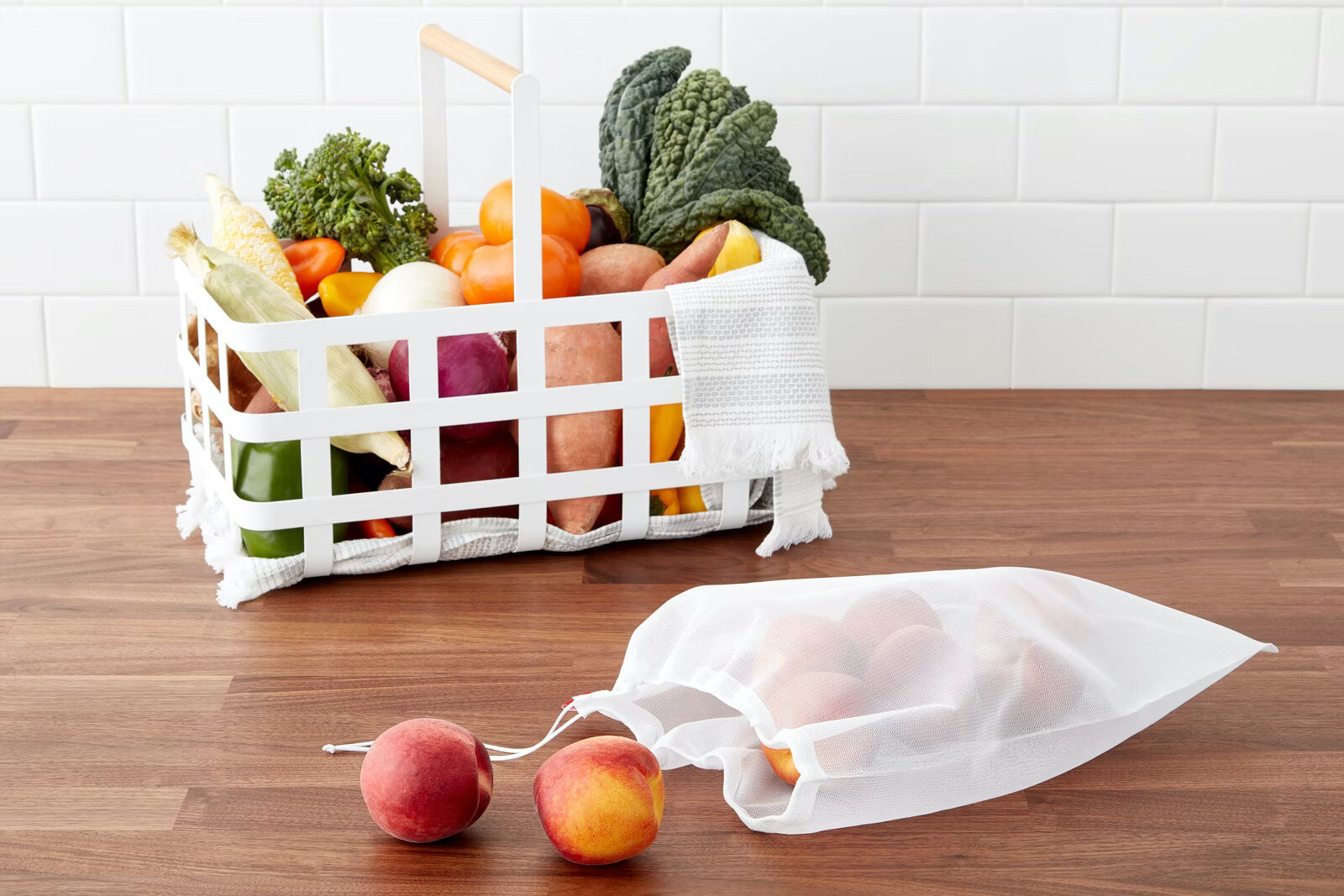
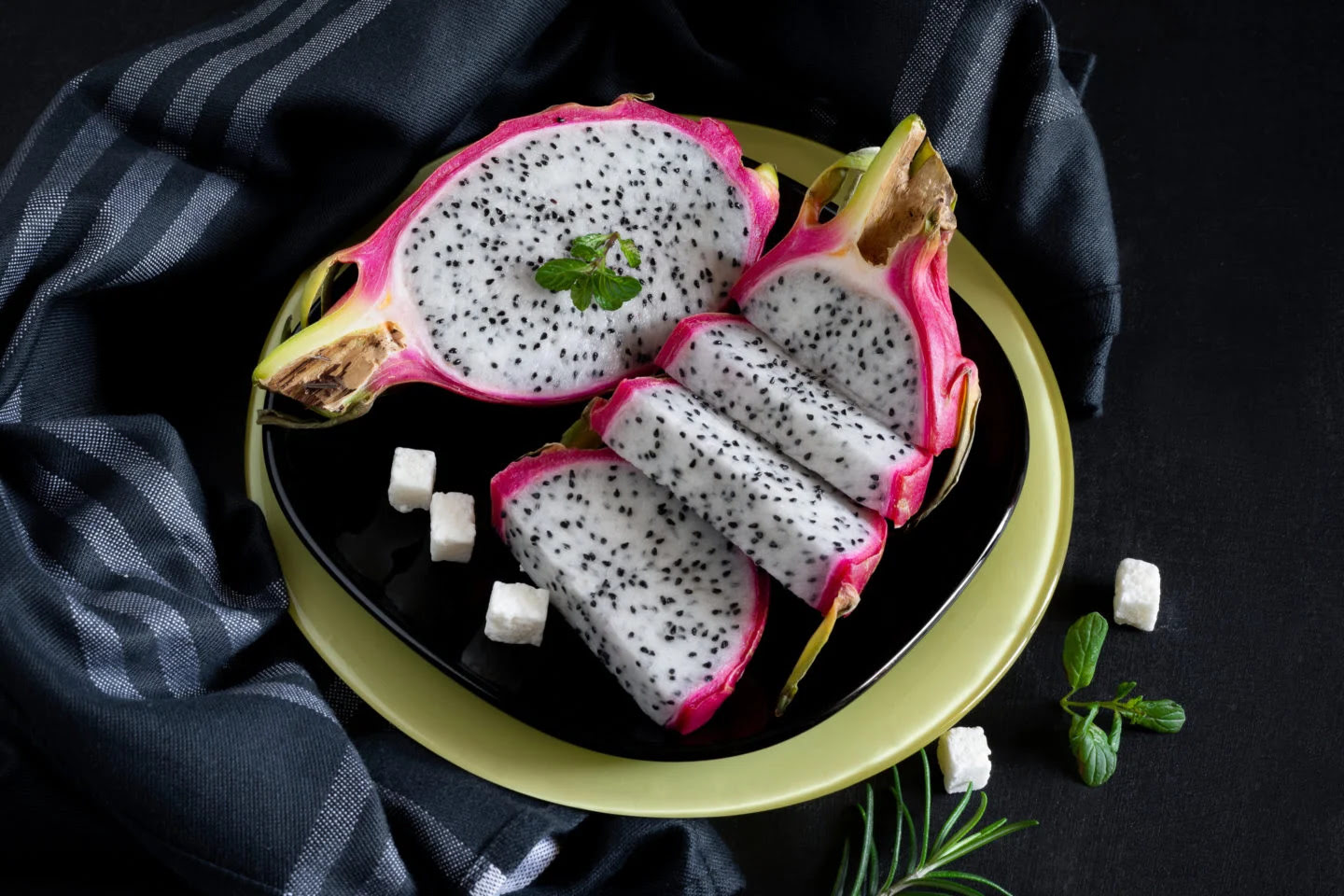
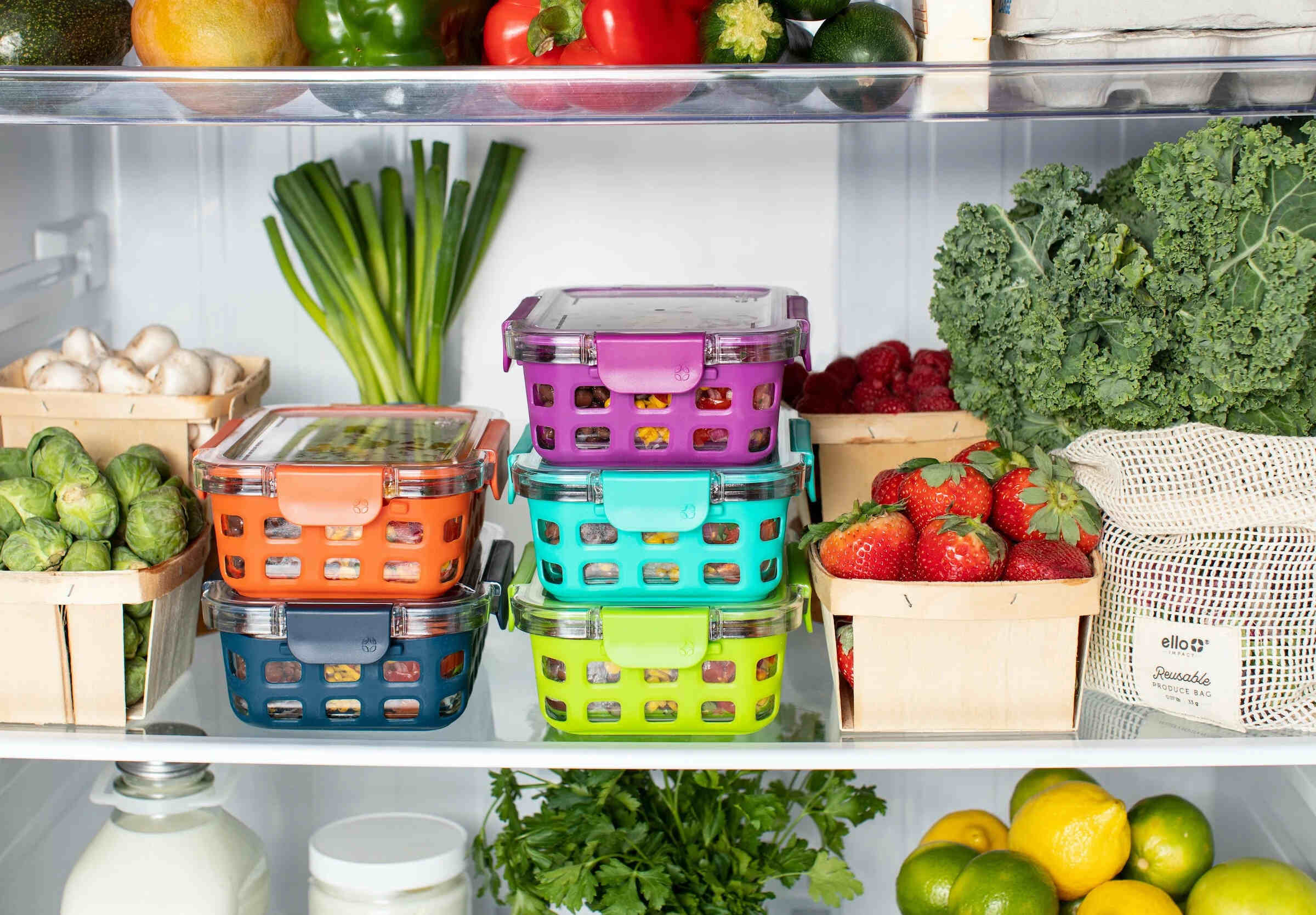
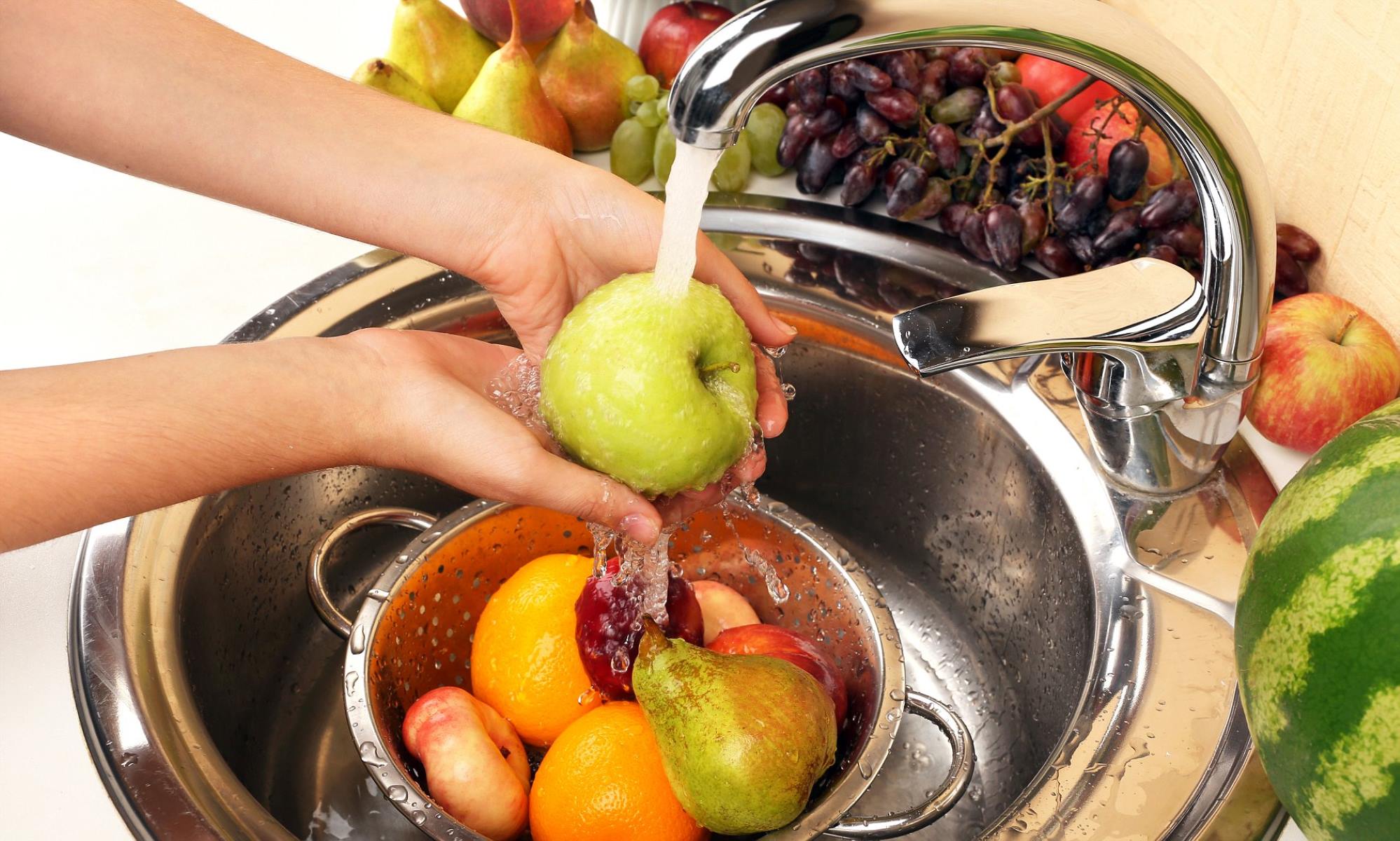
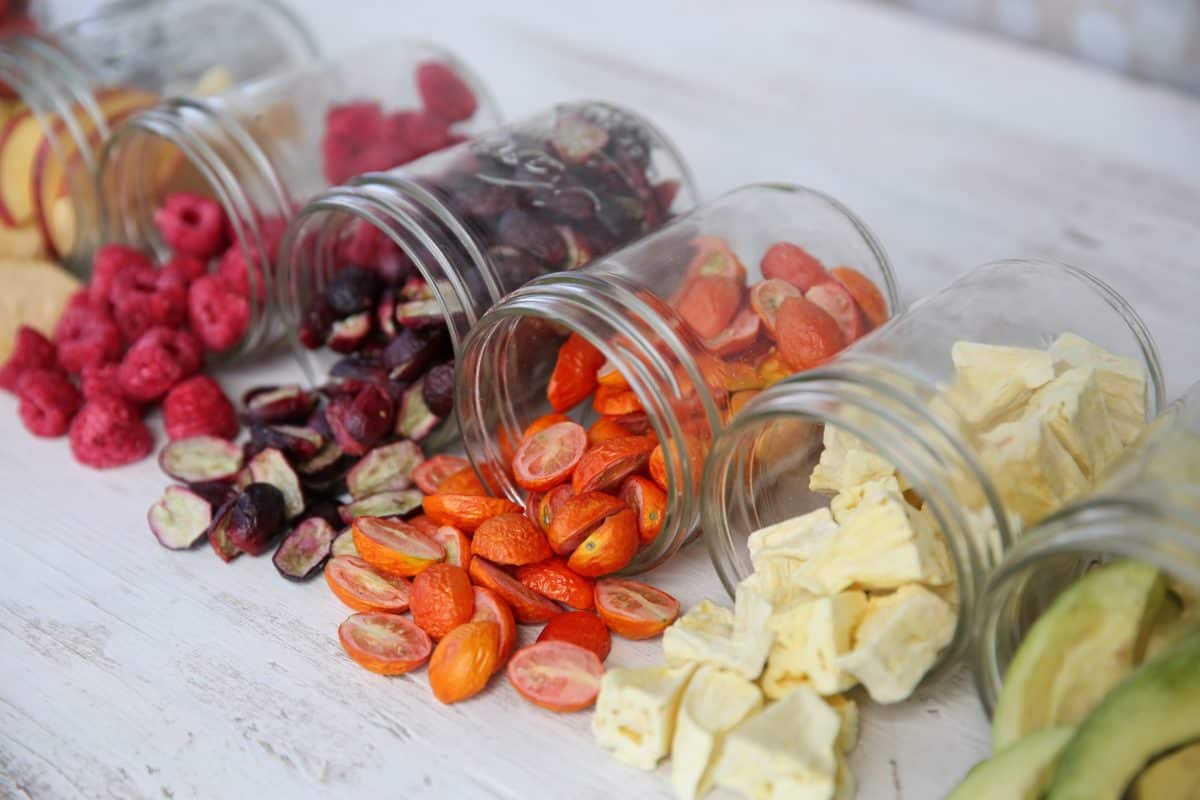
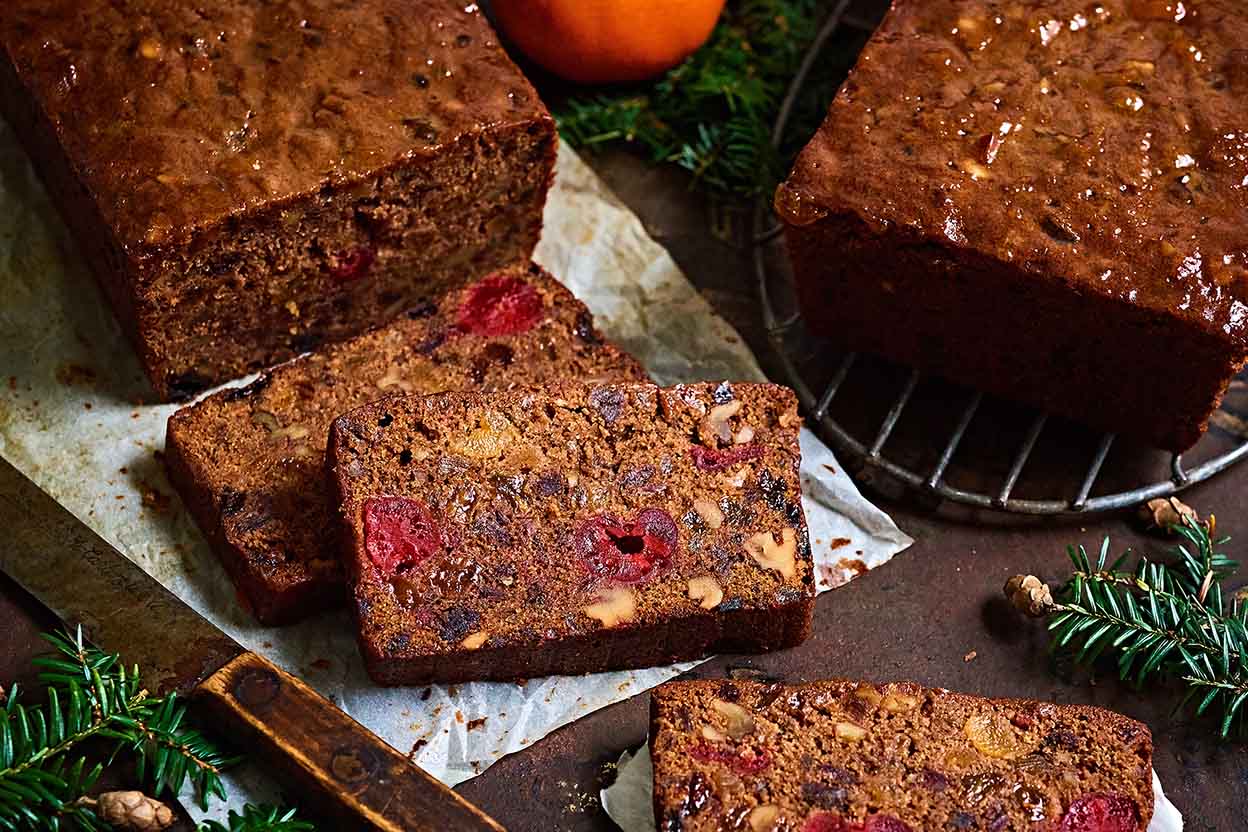
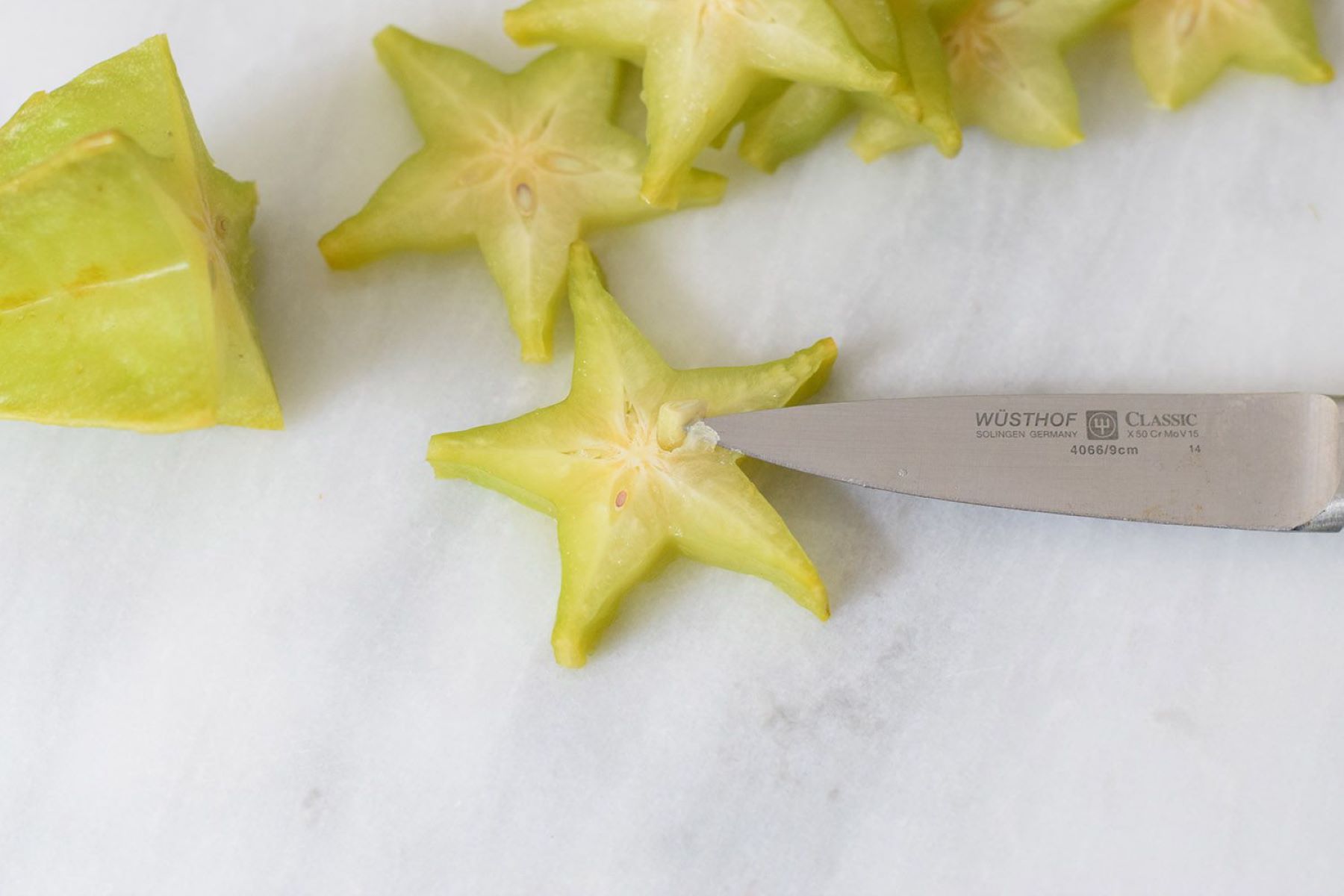
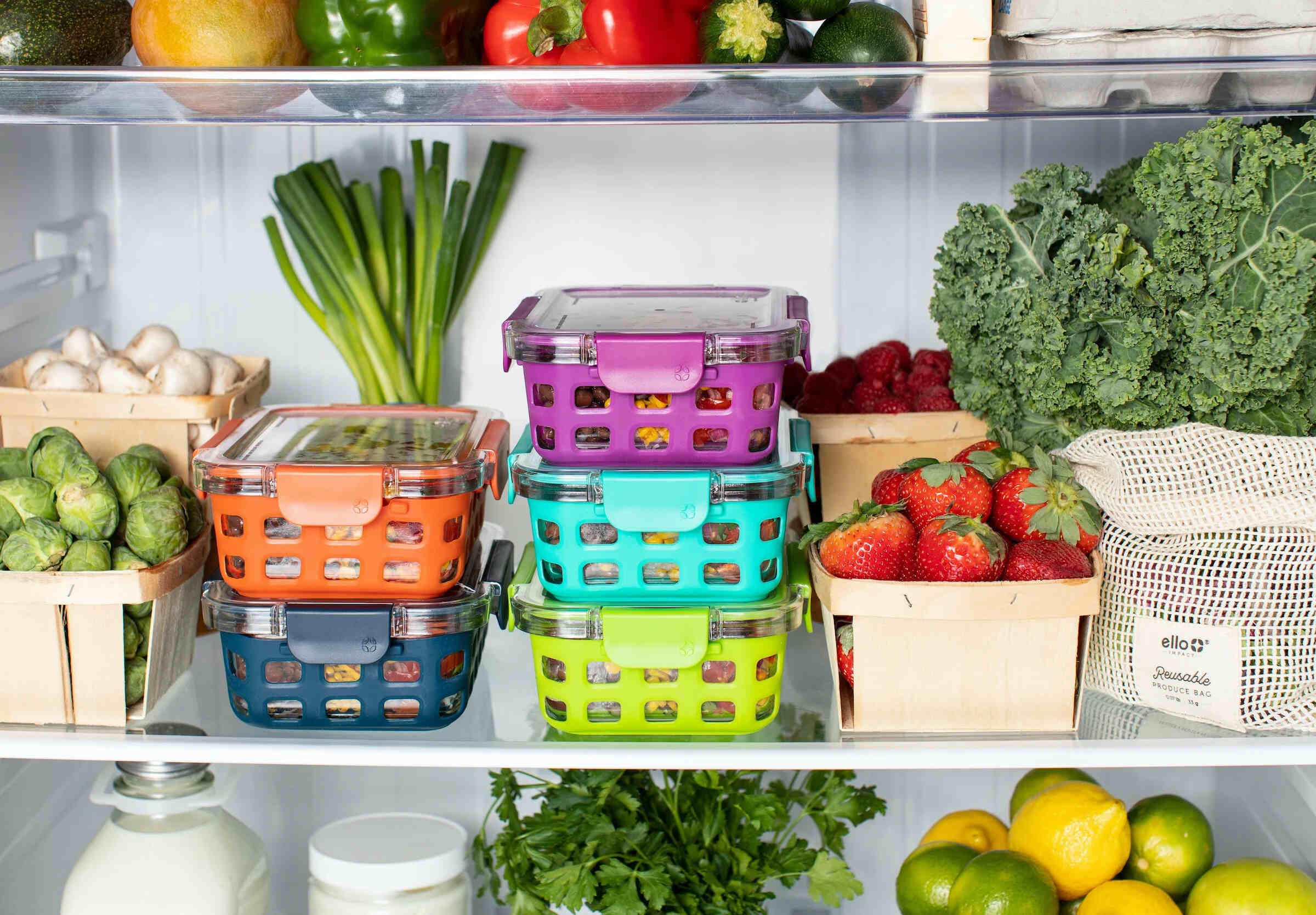

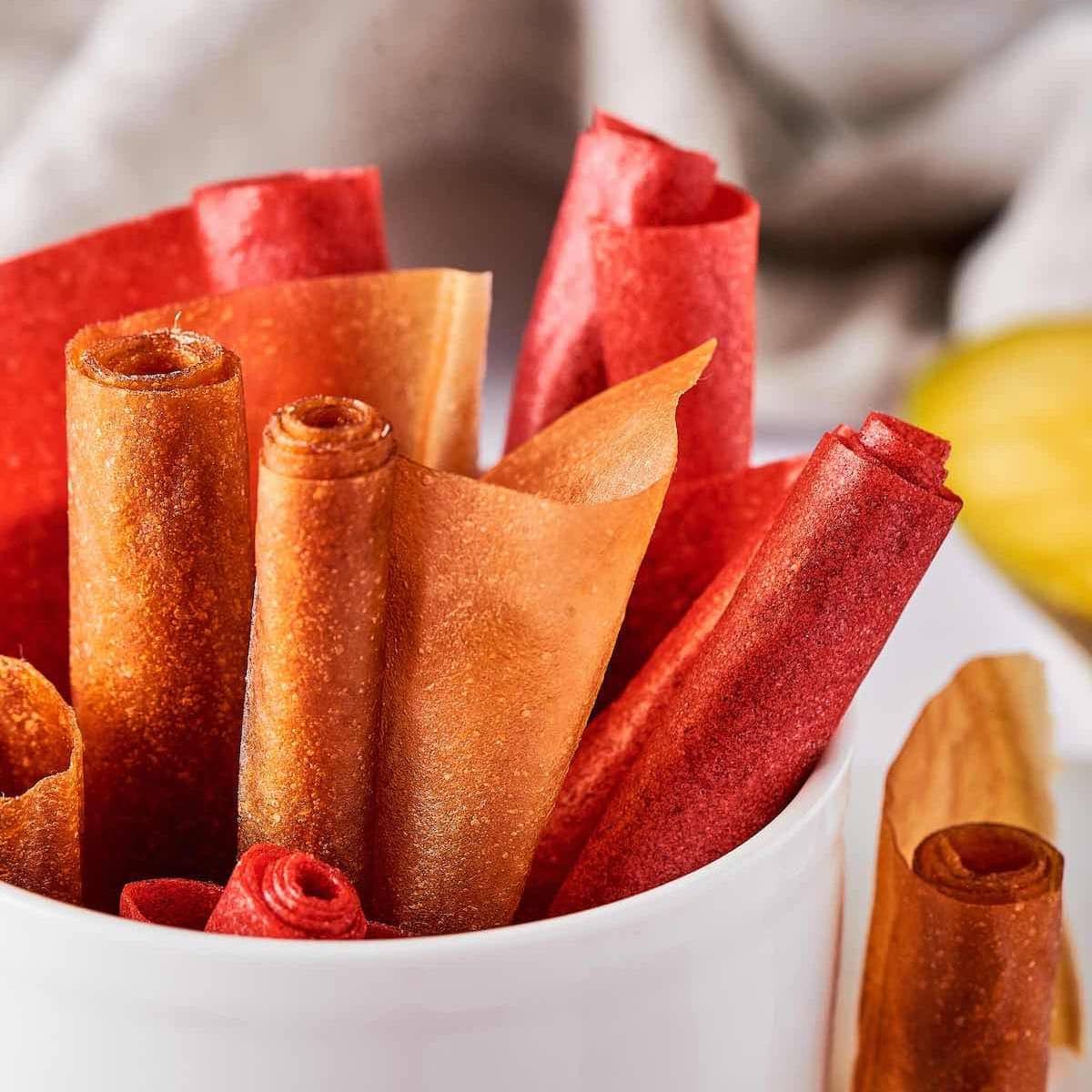
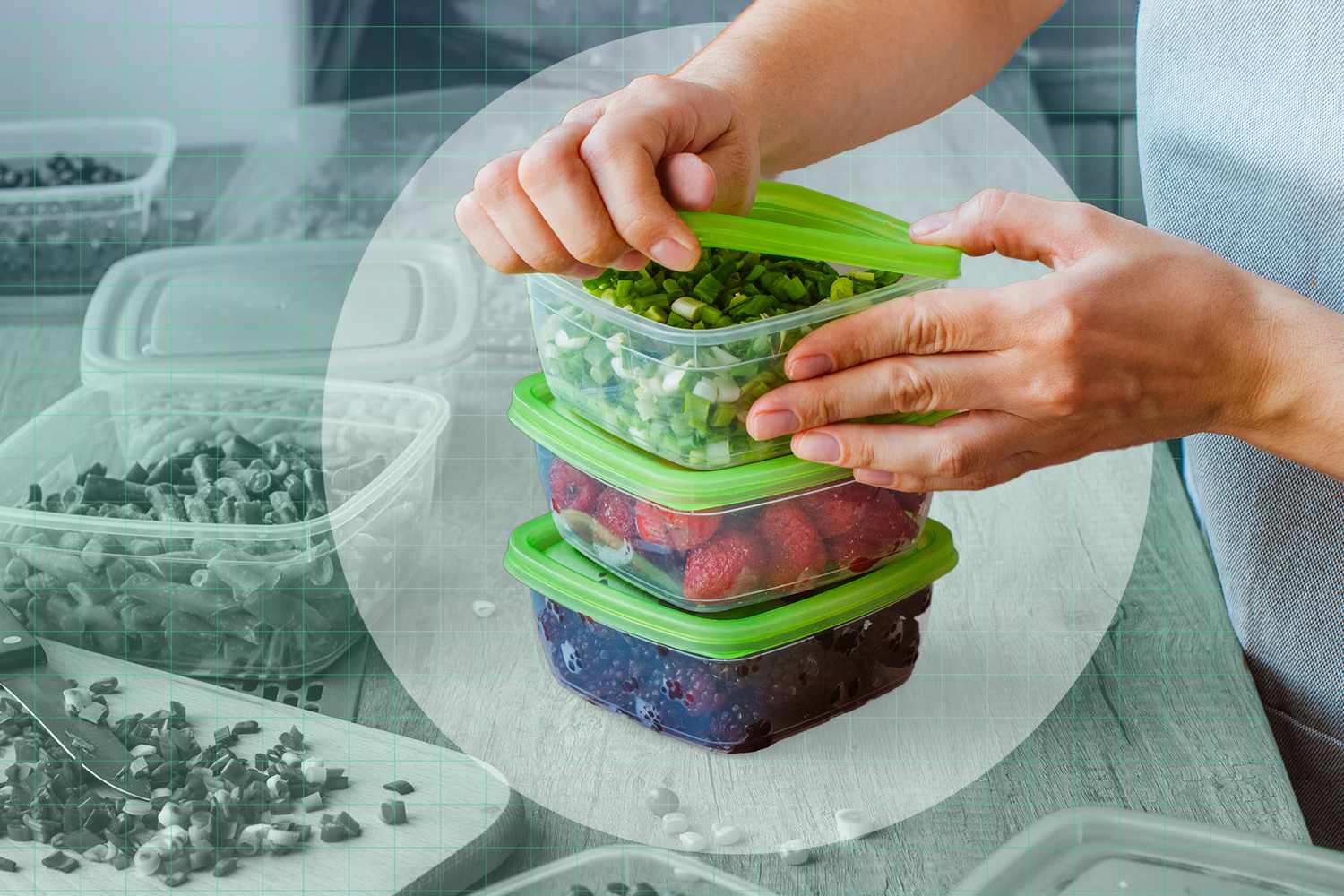

0 thoughts on “How To Store Cut Fruit”